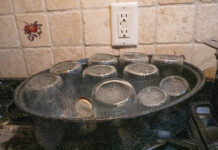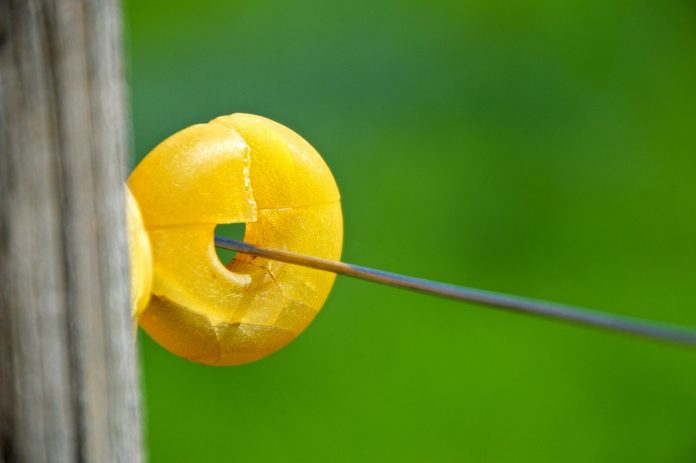The drought in this part of the country continues with very little chance of rain in the forecast. With the shortage of available pasture and hay supplies, livestock may start thinking the grass is greener on the other side of the fence. How secure are your fences? No one likes to get that wake-up call or knock on the door letting you know you have livestock out.
There are a couple fencing issues that are related to drought to keep in mind. One of the common problems that result in livestock escapes is the loss in effectiveness of electric fences. Some animals have a knack of finding a faulted fence. In wet conditions, the problem is often with electrical faults from weeds overtaking fences, resulting in a greatly reduced electrical charge. In dry conditions, these faults are not much of a concern since nothing is growing on the fence. Despite this, there are times the indicator light on the fence charger or a fence tester may not indicate problems, but animals may still be going through the fence.
Electric fencer chargers work by creating a charge that travels out on the fence wire. The chargers are also connected to a ground rod that will complete the circuit and cause a shock to the animal when it touches the fence. During very dry conditions, the conductivity between the animal and the ground is reduced. Hard dry hooves and dry grass act as insulators. This would be like grabbing a fence wearing leather gloves and rubber boots. One will likely not feel a shock. Additionally, ground rods in dry soil are not very effective and can become weak points in the system. Moisture is needed to complete the electric current.
Many electric fence chargers are installed without sufficient grounding. A rule of thumb is 3 feet of ground rod per joule of output of the fence charger. A 6-joule charger should have 18 feet of ground rod attached. Multiple rods should be spaced apart. Six-foot long rods should be spaced with 10 feet between them. Longer rods are preferred as they are more likely to reach moist soil. Adding ground rods may improve the effectiveness of the fence charger during dry conditions.
A second way to improve the grounding system is by using alternating positive and negative wires on your fence. On a high tensile wire fence, attaching non-charged wires to a grounding rod provides a grounding source even when the dry grass and hooves are acting as insulators. When the animal touches both a positive and negative wire they are shocked.
A third helpful way to maintain the effectiveness of the fence charger is to moisten the soil around the ground rods. This can be as simple as placing a bucket of water with a very small hole in it over the ground rods. The slow drip will help maintain soil moisture for extended periods of time which will improve grounding.
Apart from electric fence issues, another possible fencing concern is loose posts. In some soil types, as the soil dries it may contract away from the fence post. The loose posts have the potential to raise in the ground if they are in a valley and have upward pressure from fence that was stretched through the low spot. The loose posts can also be an issue if the animals are pushing on the fence or rubbing on it. The posts would be more likely to lean over.













